Major Changes in New World Cichlid Taxonomy
An extensive review of the herichthyin clade of Middle American cichlids has resulted in the naming of eight new genera and a number of taxonomic modifications.
The herichthyins are a group of 45 cichlid species contained within the larger Heroni tribe of the Cichlinae subfamily. They are mostly distributed in Mexico and Guatemala and contain a number of aquarium favourites. Generic placement for a number of them has long been considered uncertain, however, with conflicting taxonomic designations having been proposed in a number of cases. In others, species have remained in the catch-all genus Cichlasoma or the placeholder ‘Cichlasoma’ incertae sedis.
In the new study, published last week in the journal ‘Zootaxa’, ichthyologist Caleb McMahan and collaborators compiled DNA sequence data and evaluated morphological characters from various earlier studies. The results were analysed alongside physical examination of specimens in order to support hypotheses and potentially obtain new diagnostic characters.
As a results, existing herichthyin groupings were rediagnosed, and new genera proposed based on genetic and morphological differentiation.
The herichthyins thus now comprise the following genera. Please note that only the principal defining characters for each grouping are included here, and that in all cases the first species listed is the type species:
Vieja Fernández-Yépez 1969 includes the type species V. maculicauda plus V. bifasciata, V. breidohri, V. fenestrata, V. guttulata, V. hartwegi, V. melanura, and V. zonata. These species are distinguished from most other herichthyins by possession of a large blotch covering the majority of the caudal peduncle, which extends anteriorly as a dark stripe in all members except V. maculicauda. They have all recently been included in the genus Paraneetroplus.
Maskaheros McMahan and Piller 2015 is a new genus containing M. argenteus and M. regani, which have previously been included in both Vieja and Paraneetroplus. The primary diagnostic characters are the presence of small, dark, irregular spots on the entire body and two broad dark interorbital bars.
Paraneetroplus Regan 1905 is now restricted to contain only P. bulleri, P. gibbiceps, and P. nebuliferus. These taxa differ from other herichthyins by the elongate body and caudal peduncle, and narrow, sub-terminal mouth.
A reduced Herichthys Baird and Girard 1954 includes H. cyanoguttatus, H. carpintis, H. deppii, H. minckleyi, H. tamasopoensis, H. tepehua, H. teporatus. They are diagnosed by possession of 6-7 vertical body bars which are often grouped in the posterior portion of the body, and a series of dark blotches below the upper lateral line.
Nosferatu De la Maza-Benignos et al. 2015 was raised in a study published earlier this year. It contains N. pame, N. bartoni, N. labridens, N. molango, N. pantostictus, N. pratinus, and N. steindachneri, all former members of Herichthys. They are diagnosed by possessing a relatively elongate body with variable, irregular stripes or blotches laterally, and conical unicuspid teeth in the anteriormost portion of the upper jaw.
Theraps Günther 1862 has also been reorganised and now comprises T. irregularis, T. godmanni, T. intermedius, T. microphthalmus, and T. nourissati. These are distinguished from other herichthyins by having bodies that are longer than deep, a small subterminal mouth, an upper jaw that extends beyond the lower, and spots on the unpaired fins.
Kihnichthys McMahan and Matamoros 2015 is the second new genus raised in the paper and is monotypic, containing only K. ufermanni, a former member of both Vieja and Theraps. It is chiefly distinguished by presence of a dark blotch on the centre of the caudal peduncle base, and spatulate or chisel-like teeth in the anterior portions of both jaws.
The third new genus Cincelichthys McMahan and Piller 2015 includes C. bocourti and C. pearsei, both of which have most recently been considered members of Theraps. They are diagnosed by possessing spatulate, chisel-shaped teeth plus very deep, rounded to oval-shaped bodies with wide, irregular bars formed by black scales, and a small black spot in the centre of the caudal peduncle base.
Rheoheros McMahan and Matamoros 2015 is another new taxon, and contains R. lentiginosus and R. coeruleus, both formerly placed in Theraps. It is is principally diagnosed by a unique colour pattern of dark blotches and/or bars on an elongate body.
Oscura McMahan and Chakrabarty 2015 is a new monotypic genus raised for the species formerly referred to as Theraps heterospilus, which now becomes O. heterospila. It is diagnosed by the combination of a round or oblong-shaped dark blotch occupying most or all of the caudal peduncle, plus small black spots the sides of the body.
Chiapaheros McMahan and Piller 2015 is another new, monotypic taxon containing C. grammodes. It is distinguished by presence of several, typically 7, thin dark lines on the sides of the head, plus an elongated predorsal profile and head.

Thorichthys ellioti, type species of the genus, is currently regarded as a synonym of T. maculipinnis. © Robert Smith
Thorichthys Meek 1904 consists of T. ellioti, T. affinis, T. aureus, T. callolepis, T. helleri, T. meeki, T. pasionis, T. socolofi. The authors note that T. ellioti, the type species, is currently regarded as a synonym of T. maculipinnis, and that further work is required to assess its taxonomic validity. Members of this genus are readily distinguished from all other herichthyins by possession five (versus four) mandibular pores along the dentary. They are also relatively small in overall size, have an elongate angular head profile, and a small terminal mouth.
New genus Mesoheros McMahan and Chakrabarty 2015 contains the South American species M. festae, M. atromaculatus, and M. ornatus, all previously assigned to Cichlasoma. They are diagnosed by possessing an elongate body with 7 (rarely 6) dark spots or bars laterally, and a moderately small mouth that does not reach the anterior margin of the orbit.
Tomocichla Regan 1908 now contains only T. tuba and T. asfraci. They are distinguished by the combination of compressed conical teeth in the anterior upper jaw, and dorsal and anal fins with markedly rounded posterior margins.
The monotypic Herotilapia Pellegrin 1904 is revalidated and contains H. multispinosa, unique among herichthyins in possessing tricuspid teeth.
Trichromis McMahan and Chakrabarty 2015 is another new, monotypic taxon and contains T. salvini, formerly Cichlasoma salvini. It is easily distinguished from other herichthyins by possession of two dark lateral stripes in the upper portion of the body.
‘C.’ tuyrense and ‘C.’ sieboldii are retained in ‘Cichlasoma’ incertae sedis since they are not closely related to the herichthyins despite former generic placements in Vieja and Tomocichla, respectively.
Matt Ford
For further information see the full paper (link to abstract only): McMahan, C. D., W. A. Matamoros, K. R. Piller and P. Chakrabarty, 2015. Taxonomy and systematics of the herichthyins (Cichlidae: Tribe Heroini), with the description of eight new Middle American Genera. Zootaxa 3999(2): 211-234.
Additional references:
López-Fernández, H., K. O. Winemiller and R. L. Honeycutt, 2010. Multilocus phylogeny and rapid radiations in Neotropical cichlid fishes
(Perciformes: Cichlidae: Cichilinae). Molecular Phylogenetics and Evolution 55(3): 1070-1086.
McMahan, C. D., A. D. Geheber and K. R. Piller, 2010. Molecular systematics of the enigmatic Middle American genus Vieja (Teleostei: Cichlidae). Molecular Phylogenetics and Evolution 57(3): 1293-1300.
De la Maza-Benignos, M., C. P. Ornelas-García, M. de Lourdes Lozano-Vilano, M. E. García-Ramírez and I. Doadrio, 2015. Phylogeographic analysis of genus Herichthys (Perciformes: Cichlidae), with descriptions of Nosferatu new genus and H. tepehua n. sp. Hydrobiologia 748(1): 201-231.
Thanks to Lee Nuttall, Mo Devlin, Mauricio De la Maza Benignos and regular contributors Enrico, Štefan, Ryan, Robert, and Unimati.dk for use of images.
Category: Blogs, Ichthyology | Tags: Caleb MacMahan, Cichlasoma, cichlid, Cichlidae, herichthyin, Herichthys, Paraneetroplus, Prosanta Chakrabarty, Theraps, Thorichthys, Vieja, Zootaxa | 2 comments »


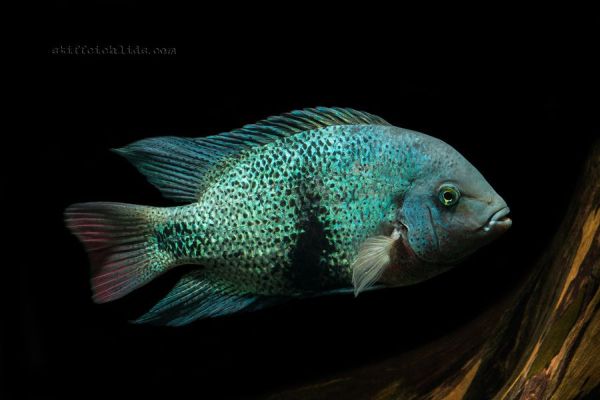


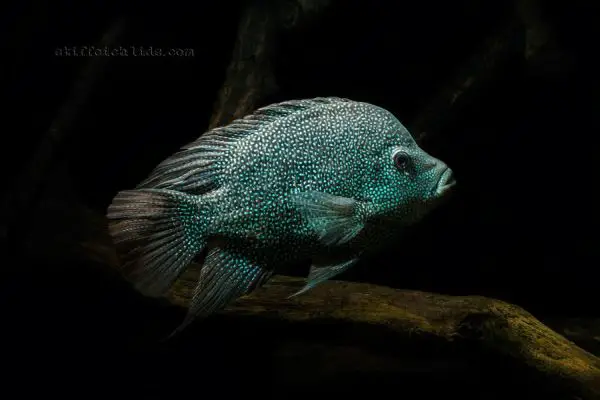


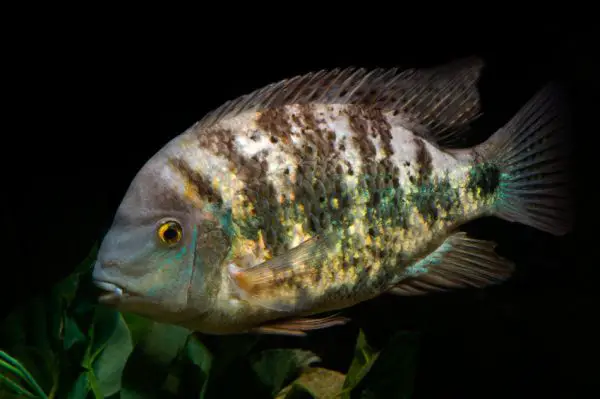

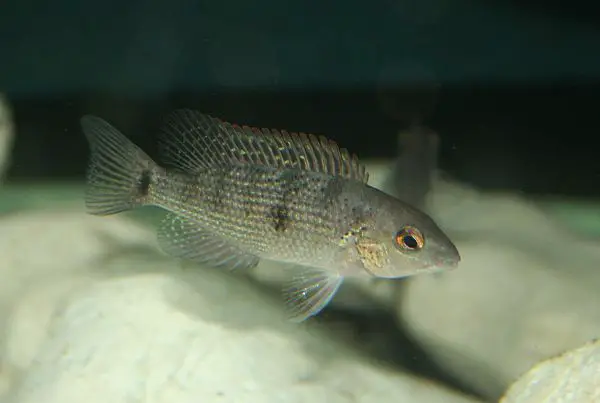



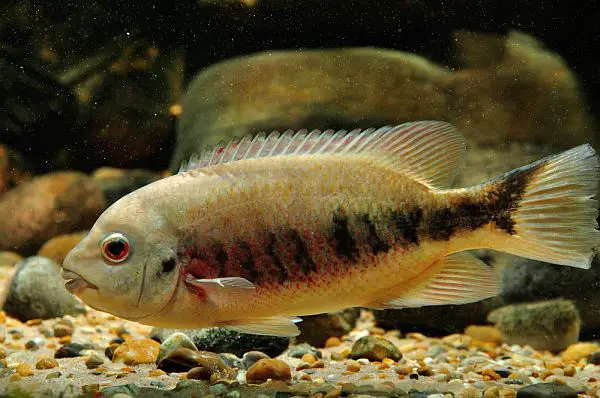
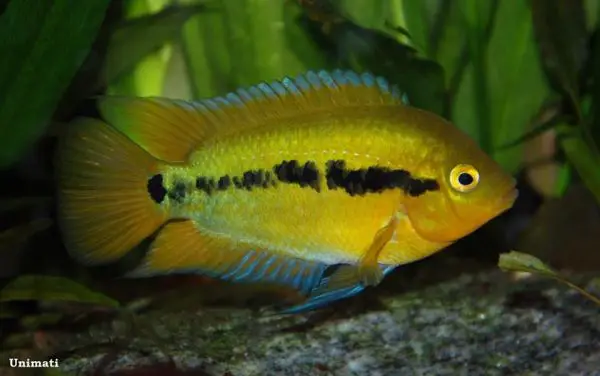




Product reviewers wanted
Are you still looking for product reviewers?
19th Dec 2024
Product reviewers wanted
Hey! Interesting article!
17th Dec 2024
Site improvements
Got it! Thanks for the update. It's good to know that Seriously Fish is working on improving the site's performance and addressing the email and forum...
21st Nov 2024
Responsive design
Nice
13th Nov 2024
Responsive design
it is a complete malfunctioning horror on iphone and ipad.
10th Nov 2024